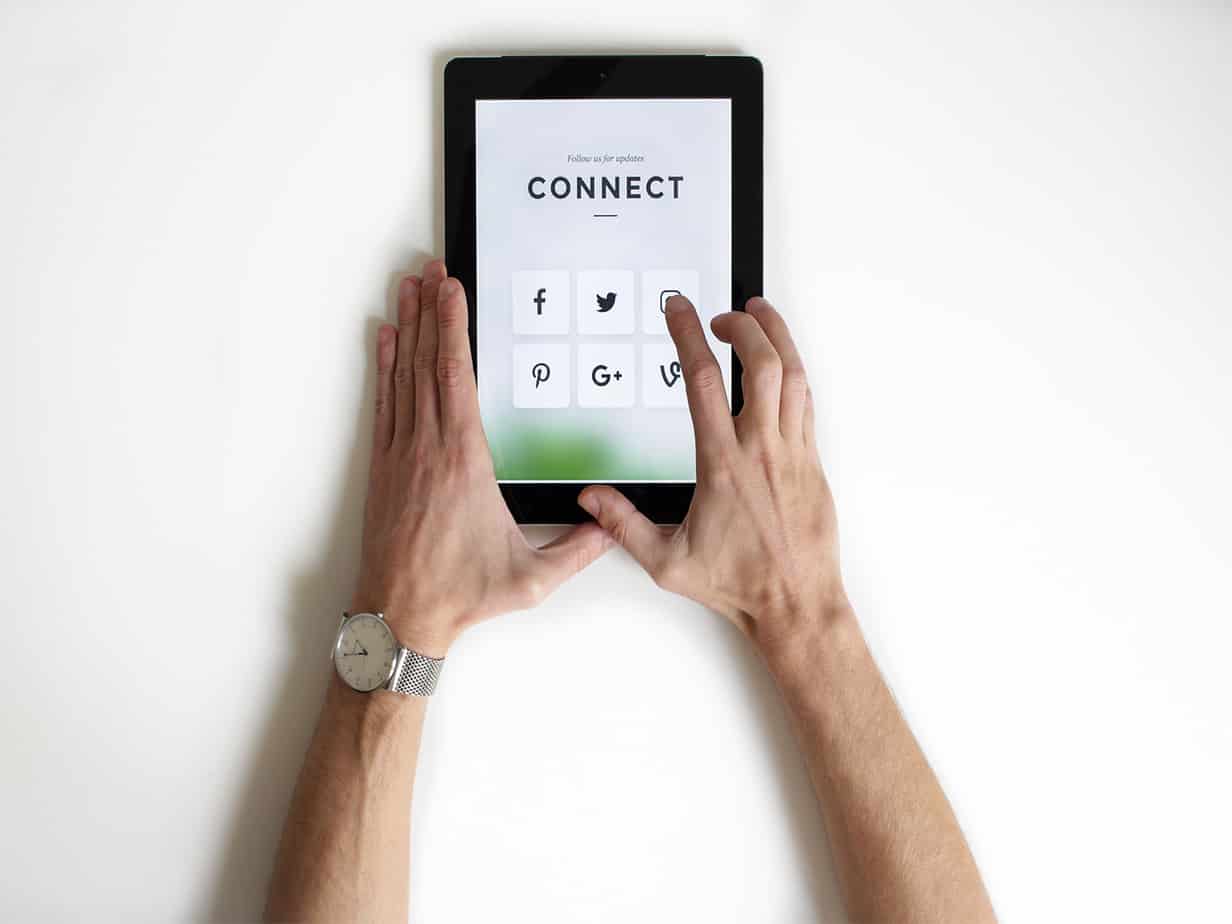
Social networks are playing an increasingly important role in both the professional and personal lives of Americans all over the country. Have you ever wondered, "What role does social media play in the health care industry?"
What Role Does Social Media Play in the Health Care Industry?
According to a recent survey by the American Osteopathic Association, "more than half of millennials (54%) and more than four out of 10 (42%) adults are or would like to be friends with or follow their healthcare providers on social media." This provides more opportunities for health care providers. Additionally, 65% of millennials and 43% of American adults as a whole feel as if their physicians should be allowed to contact them about their health conditions via social media networks. This includes both posting on their personal pages and sending them direct messages.
This presents health care providers with a wider range of opportunities to communicate with and advertise to both current and potential patients. However, social media does not have a reputation for keeping things private. According to the American Osteopathic Association's study, "Health professionals are broadly prohibited from communication over social media if any information shared could be used to identify a patient. Over the past few years, the Department of Health and Human Services has instituted numerous policies and standards to guide practitioners who use social media." That could be why many health care providers have yet to fulfill these desires of their clients.
There are some primary care physicians who are questioning what role social media plays in the health care industry, though. They have begun by using it as a tool for communicating crucial health information to the public.
Many Americans put off going to the doctor as often as possible, both to avoid the pricey bill and because of time constraints. Instead, they often turn to the internet to see whether a health problem they are experiencing or have heard about is worth the doctor's visit or if it is something that they can handle themselves. Often times, they will follow doctors or other health care practitioners on social media for regular updates in the industry that could be of interest to them. The American Osteopathic Association's study found that popular health topics Americans seek information on include burnout, addiction, nutrition and mental health.
Health-related posts on social media have proven helpful for both Americans and the health care industry. The survey found that, "Nearly one-third of Americans (32%) have taken an action related to their health (e.g., changed diet, exercise or medication, taken supplements or tried an alternative treatment such as acupuncture), as a result of information they read on social media." And it's not just their health that concerns them. Another 15% of American parents have taken action on behalf of their kids because of a social media post they saw related to pediatric care.
Potential doctor switchers aren't just using their phones to get on social media. According to AudienceSCAN, these consumers are 61% more likely than other adults to have used their mobile devices to search for nearby retailers in the last six months. So, doctors should make sure that their location can be easily found via search. Keep it up to date because 20.2% of these searchers won't go past the first page of results.
So, what role does social media play in the health care industry? It helps motivate Americans to take action concerning their health and to stay updated on potential health risks.
How can doctors reach out to potential doctor switchers to let them know they have active social media profiles and/or what online health sources are legit? When this group is searching for health/medical information source, 13.3% of them turn to the TV, according to AudienceSCAN. In the past year, 65.2% of them took action after seeing a TV ad. Within the last year, 61.1% of them also responded to ads and coupons they received in the mail.
AudienceSCAN reports that 21.4% of potential doctor switchers are between the ages of 25 and 34. About 85.4% of them are members of Facebook, 63.5% use YouTube, 45.8% have Instagram profiles and 39.3% are active on Twitter.
AudienceSCAN data is available for your applications and dashboards through the SalesFuel API. Media companies and agencies can access AudienceSCAN data through the AudienceSCAN Reports in AdMall.
